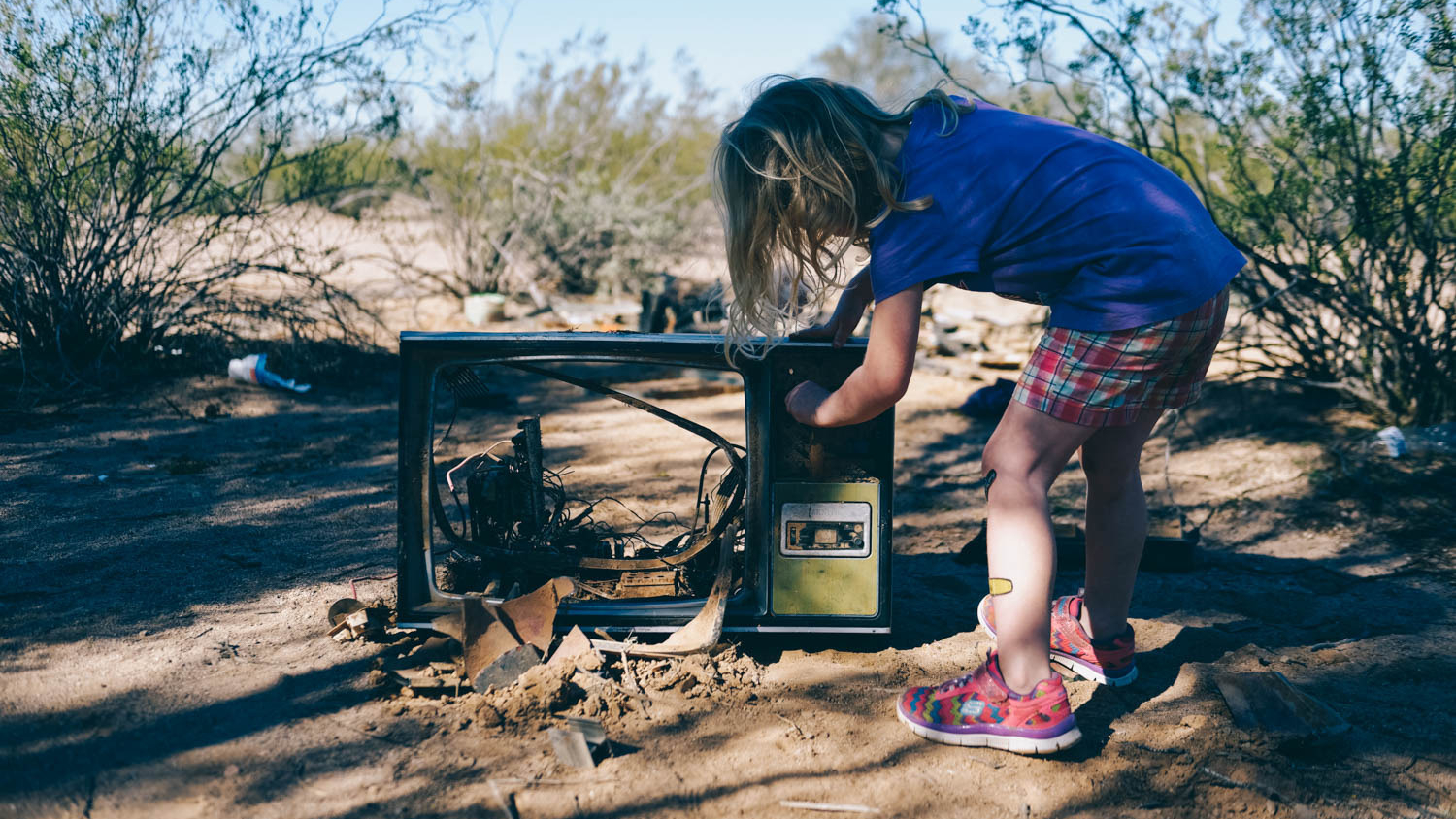Geotagging. It’s a topic that is starting to become more prevalent, and honestly just downright important. Public lands are being trashed. People are not respecting land as they should. While this topic is more than important, it can also be seen as controversial. Speaking as somebody that lives in a van and relies heavily on public lands for getting a good nights sleep, I feel absolutely guilty telling somebody, “no.” But a necessary question is, how can you ensure somebody will care for the land like you would?
Catherine Forest, (@roaditup), lives on the road with her partner and 3 daughters. She was kind enough to write about this matter more thoroughly, based on her personal opinion, as well as discussions she’s been seeing across the internet. While willing to share recommendations with those she trusts, she shies away from publically proclaiming her latest camping location. Here’s more from Catherine…
No, I won’t tell you where it is. There is currently a big movement sweeping the Instagram community of vanlifers, stating that they will stop geotagging the exact locations of their camping spots and other places they visit. Over the last 4 years, we have seen way too many once-wild locations becoming trashed, overcrowded, and destroyed. As Tim McArthur (@van_tramp) says: “I am partially to blame in all of this, as I have shared locations online for years thinking I was helping others. I can no longer complain about it and be a part of the problem, and I’m not going to stop the complaining… no way.”
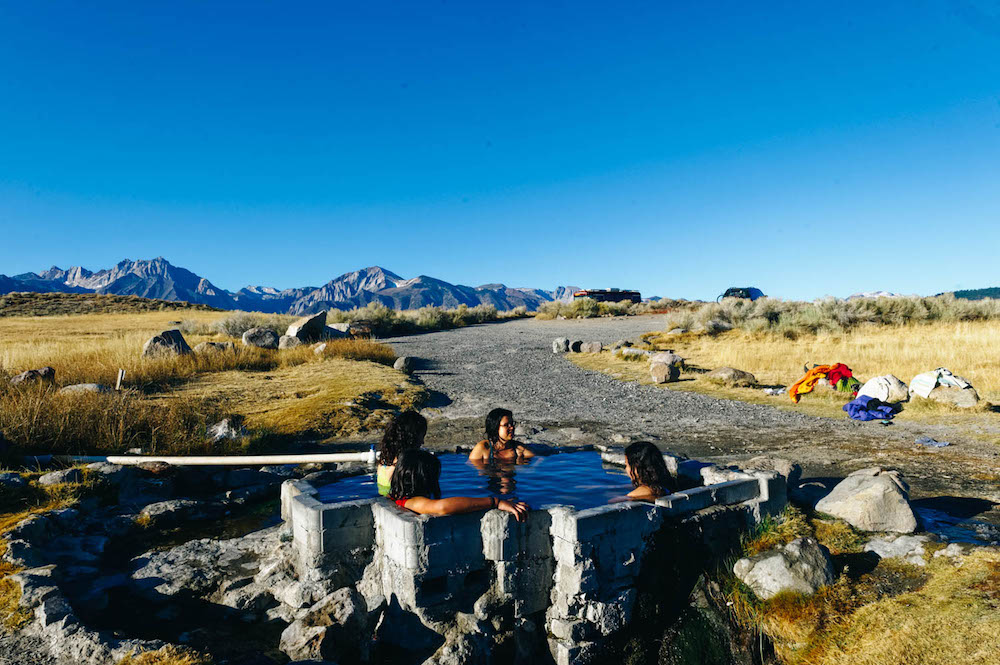
Instagrammers are sometimes bullied into sharing the location a photo was taken. Mikhaila Howard (@mikhailahoward) has even been called “selfish bitch” by a photographer for not sending him coordinates. As if it was a given right to know where every picture published online was taken. As Kerri McHale (@asolojourner) says: “There’s surely enough info already out there to get anyone’s feet wet; even if every single one of us stopped geotagging today. (…) This land is open to everyone, and everyone’s free to explore it. We’re not putting up ‘no trespassing’ signs; we’re just not putting up neon arrows to the road here.”
It’s a complex issue and many of us stand on the fence here. We’re not a select little group who should be the only ones to have access to this information. HOWEVER, there is plenty of information out there to help and inspire new, or seasoned, boondockers looking for a free campsite off the beaten path (resources below), without having to add every single one that’s found independently there too.
As Trevor Huxham (@trevorhuxham) said, “A year ago I was one of *those* commenters asking where someone took a photo…then I heard a story on NPR about how Horseshoe Bend went from 400 visitors a day to 4,000 because of Instagram.. Now I know better.”
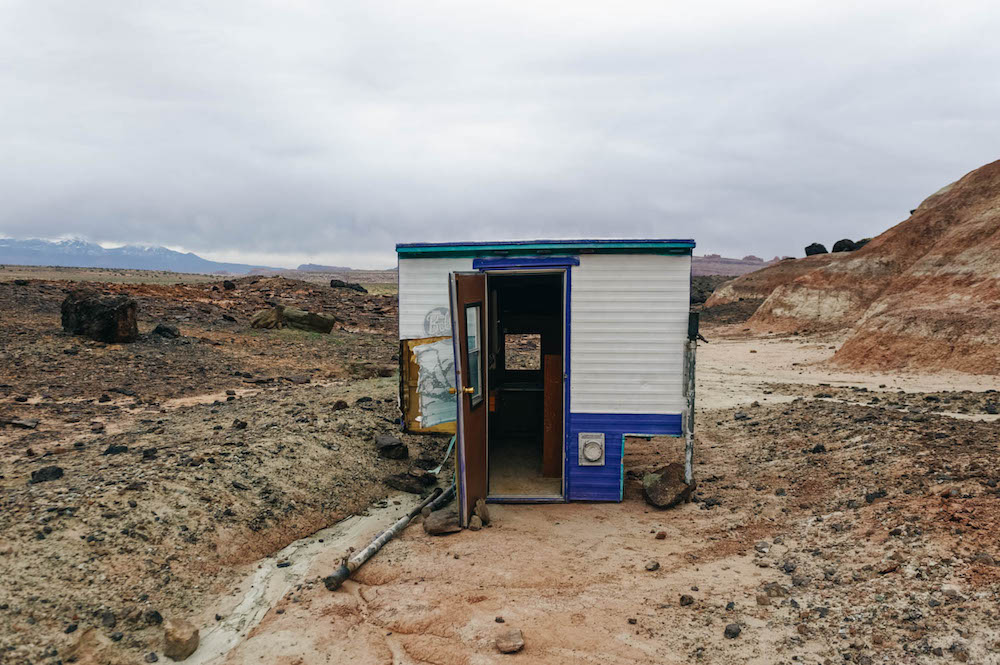
I still remember in, or around, 2005 when Fritz Muller’s iconic panorama shot of Tombstone Valley, taken in the glorious fall in the Yukon Territory had been splashed across magazine pages and billboards after the territorial government bought it as the centerpiece to its tourism campaign. All of a sudden, Yukoners could not go to one of their favorite places in the fall because it was overcome with tourists from all over the world. People had no clue how to behave around grizzlies (and feeding them from their vehicle to take pictures…) or in such a remote area (What, no showers? Where’s the closest restaurant? What do you mean, no electricity?).
In the 90’s, if a National Geographic photographer got a picture published in the pages of the famous magazine, that place would undeniably become more of a destination. But now, thanks to social media, we are constantly bombarded with beautiful images of scenic destinations and can find out exactly where they are with one click. Welcome to boondocking for dummies.
Last October, we arrived at Mono Lake BLM to find it closed because of *too much human waste*. Can you believe this? Of course, we don’t all have the same relationship with nature, nor the same incentive for camping on BLM land or secluded spots. Some people are just looking for a free spot to party and not have restriction on generator hours. Many of these people like to blare loud music at any hour of day and could not care less if they leave their trash behind for the next person to come.
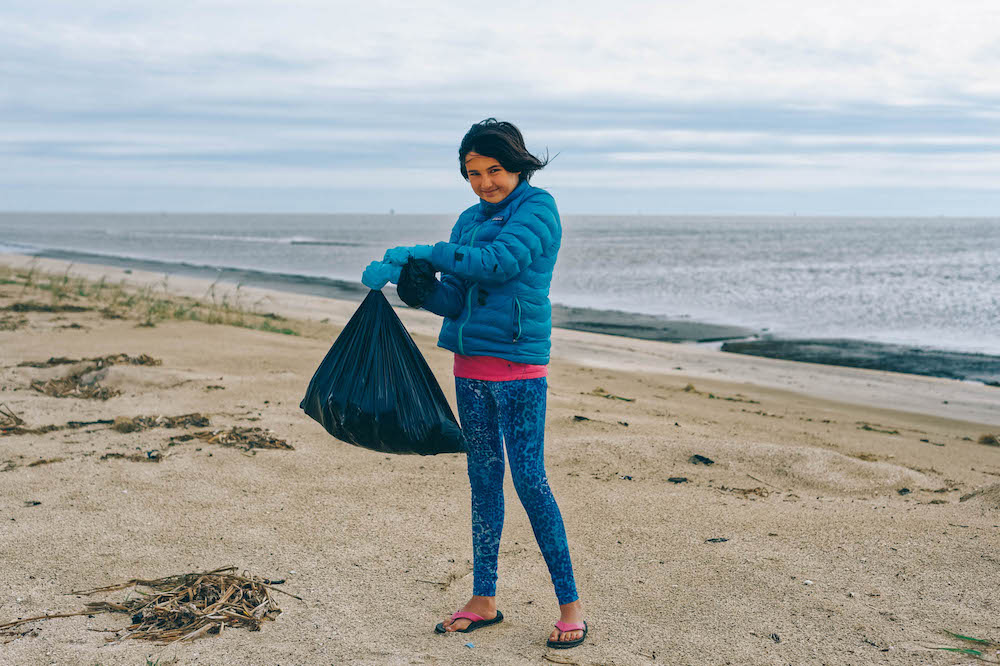
Where is the old habit of leaving some firewood for the next camper to find, that my dad taught me? To leave it cleaner than you found it? I feel like half of us are going from place to place, packing garbage bags full of trash, while others are just creating more messes for us to clean, similar to the ongoing carousel of opening and closing doors in old black and white movies. As Hannah (@the.curly.nomad) says: “You know what makes me sad is everyone seems to focus on cleanup efforts, as if we simply need to pick up the trash, while forgetting that we are simply reorganizing it when we do that. We need to stop MAKING so much waste, especially trash that will live for hundreds of thousands of years beyond us. Most people don’t even think about it because once it’s out of the house, it’s out of sight and out of mind.”
It’s a sad sight, my friends. Abandoned trailers on prime real estate BLM in Moab and private tiny house rentals on BLM land in Virgin (hello ziontinyhomes.com, that’s pretty lame! Buy your own land to make a profit and sell your product!). There are crazy amounts of trash and human waste on Arizona BLM (yes, my dog rolled in human poop…), and old TVs left to rot. BLM lands are the new free dumpsters!
Brianna Madia (@briannamadia) says: “I know there are so many people who think I’m so selfish for not geo-tagging but…I want people to understand that not everything is supposed to be easy or convenient. I want people to know what it’s like to put the work in because I know for a fact that when you put your bones and tears and sweat into finding a place, you treat it differently. You respect it more because you worked for it and gave a part of yourself to it.”
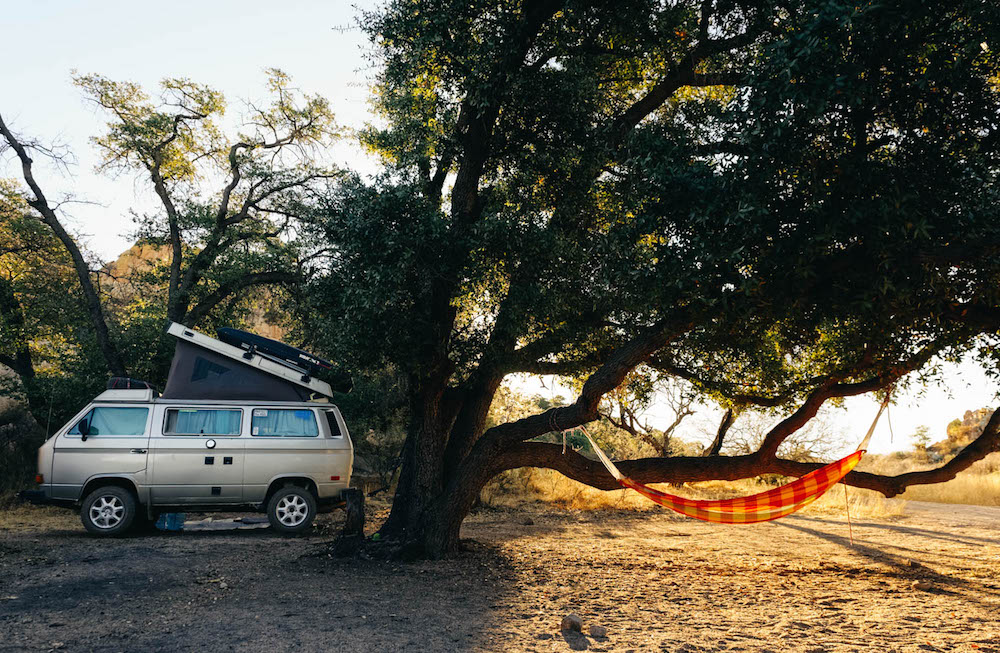
Yes, it takes extra effort to recycle when you live on the road, but people, it’s not an option anymore. If after looking online where the closest recycling facility is when you get somewhere, and, if there really isn’t anything more than can recycling bins, then you have to think even harder at what you buy and throw away while being in that area. Focus on cardboard or paper containers so you can burn them in the fire pit. Create a designated space in your already small living space to accumulate the recycling until you can find a place to part with it. Coming from a small farm, the trash/recycling/compost management was one of my biggest pet peeves when we moved into the bus. We used to produce so little trash. At first, I tried to respectfully compost in the forest like others suggested, but that didn’t feel right. Worm compost? We looked into it, but with 5 of us eating lots of produce daily, it was just not realistic. At least for part of the year, we park near friends who compost so we can bring our compost there. I still can’t believe that every city recycling center doesn’t take compost yet … And don’t get me started about composting toilets. This is NOT compost. Please dispose of them respectfully. Read this great post by Live Small Ride Free.
Of course, I will keep sharing these special spots with people I know. I receive lots of messages from friends and acquaintances planning trips and never refuse them a piece of advice. However, I know these people and know they will not trash them. “These places are our second homes, our refuges”, as Kerri McHale says. She continues, “It’s not good for everyone to crowd onto one pinpoint on a map—it changes the land, even when people *aren’t* trashing it. I’ve talked to many locals lately, who see places they’ve come back to for decades overrun and trashed. I once thought, ‘I don’t have that many followers…how could I really be affecting this?’ But that’s kind of like saying, ‘I’ll just drop this one coke can on the ground. No one comes around here anyway,’ isn’t it?”
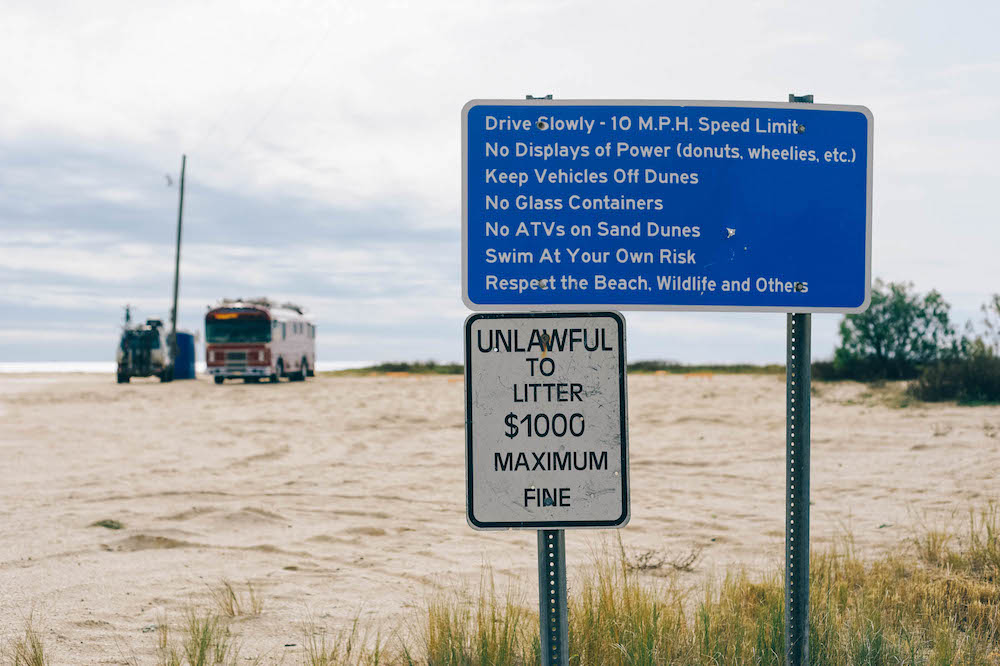
As someone wrote to me personally (and the reason why I won’t name him), the sense of entitlement is at the core of the problem. At 65, he says: “I’ve watched over the years as America transitioned into a service economy. We don’t manufacture things as much now. We consume things made by people who make very little and we pay other people to do things for us we used to do ourselves. As such, we’ve become somewhat removed from the everyday existence of living. We pay mechanics to do all the service for our vehicles, housekeepers to clean our homes, nannies to take care of our children. And along the way we’ve become more entitled. Is it any surprise then that some people probably rationalize leaving trash in wild places? ‘Surely BLM will come by and clean up? After all, I’m on vacation and can’t be bothered’, they may rationalize.”
Mikhaila Howard (@mikhailahoward) says, “I have emailed Leave No Trace proposing an 8th tenant to their principles: responsible social media sharing. If you feel geotagging is having an adverse impact on outdoor spaces, please consider lending your voice to this issue.”
You can read more geotagging conversations on the following post: Kerri McHale
Resources:
www.campendium.com: Detailed reviews of camping spots, road condition to get there, solitude, cell reception, etc.).
www.freecampsites.net: First resource for free camping and boondocking. The site now has a little bit of an outdated look, but still contains current information and comments.
www.ioverlander.com: Great resource, especially for outside of the US.
www.gaiagps.com: For a yearly fee, you get a library of different maps, including land use, satellites, topo overlays, old historical maps) that you can layer on top of each other. In addition, you can save waypoints (favorite camping spots, potential spots, hot springs, trailheads, etc., for future reference), and you can download offline maps.
Technomadia’s Coverage? App: Directly overlay and compare cellular carrier coverage maps
www.topozone.com: Great resource for maps on National Forest lands.
You also can pick up very detailed maps at National Forests Ranger Stations. They will tell you which roads are 4×4 only. Some will also shade in which areas can and cannot be used for camping.



